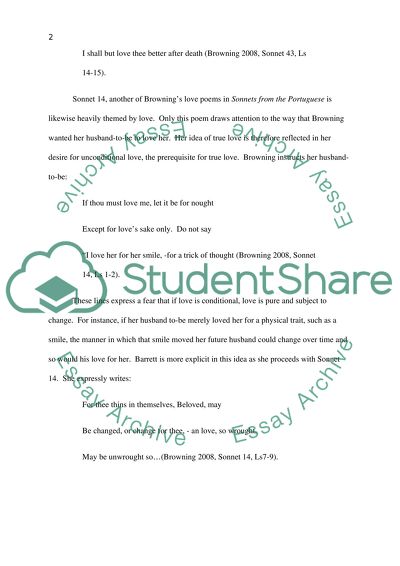Cite this document
(“Love in the Poetry of Elizabeth Barrett Browning Essay”, n.d.)
Love in the Poetry of Elizabeth Barrett Browning Essay. Retrieved from https://studentshare.org/literature/1412213-thematic-essay-on-one-of-three-poets-listed-in
Love in the Poetry of Elizabeth Barrett Browning Essay. Retrieved from https://studentshare.org/literature/1412213-thematic-essay-on-one-of-three-poets-listed-in
(Love in the Poetry of Elizabeth Barrett Browning Essay)
Love in the Poetry of Elizabeth Barrett Browning Essay. https://studentshare.org/literature/1412213-thematic-essay-on-one-of-three-poets-listed-in.
Love in the Poetry of Elizabeth Barrett Browning Essay. https://studentshare.org/literature/1412213-thematic-essay-on-one-of-three-poets-listed-in.
“Love in the Poetry of Elizabeth Barrett Browning Essay”, n.d. https://studentshare.org/literature/1412213-thematic-essay-on-one-of-three-poets-listed-in.


